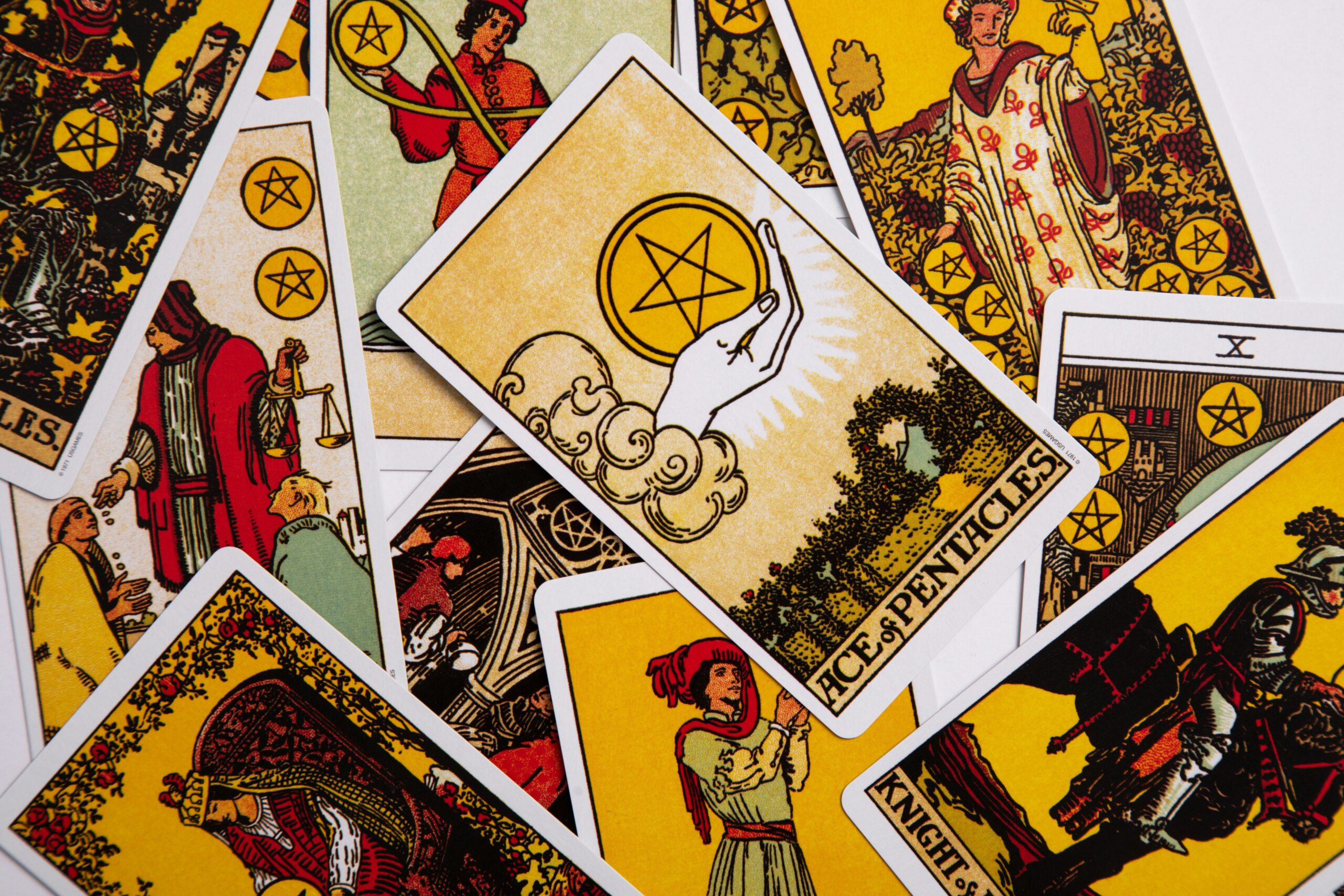Stonetop was first released as a village playbook for Dungeon World 10 years ago yesterday. It’s come a long way since then, and I keep discovering new things I love about it. Stonetop has the best system of magic items I’ve used in a tabletop roleplaying game, with unique items, shared with players as cards or inserts, which require taking action to unlock custom powers.
- Unique – Called arcana, Stonetop magic items (and locations) are uncommon. You’re not going to purchase one for 8,315 gold pieces in any settlement with over 5,000 residents. You’re typically going to have to go looking for them or find them while adventuring.
- Cards/inserts – No arcanum is just a line of text on an inventory sheet. Arcana are double-sided cards and inserts that are to be printed out and given to players. The inserts are half-page sized and suitable for tucking into a folded playbook.
- Custom powers – Mechanically, they don’t simply provide a numerical benefit: no +1 swords, +1 armor, or rings of damage resistance. Instead, they often provide access to a unique move. (PbtA moves are named rules, some of which are class-specific and can be chosen when leveling up.)
- Unlocking – Each arcanum has to be unlocked to provide its full power, and unlocking it comes with risks. For instance, unlocking the “Thunderous bellow” might damage your hearing, your voice, or your health. Figuring out how to unlock an item can drive entire sessions of play.
Minor and Major Arcana
Here are examples of a card for a minor arcanum (front and back) and a major arcanum. Note some major arcana are not magic items but magic locations (e.g., “Carvings in a cave,” “Runes around a ruined hall,” “A grim peat mound”).
Locked Sides
Yes, players are meant to see the locked side of an arcanum. As Jeremy explained back in the days of Google+:
Letting players see the consequences is a very intentional design decision.
They’re sitting there like a threat, a dare, making the question of “do I use this? is it worth the risk?” a big part of owning one of these things. And since the player knows what they potentially are, the decision to risk a consequence is a meaningful statement. “If I roll poorly, I’ll take that one, so… yes, this is worth it.”
And the best part is, even if they don’t trigger a consequence, they knew what the consequences might be. They know the flavor of the power they’re messing with. Psychologically, that feels hella different from the GM picking an unknown consequence.
There’s also the sense of responsibility that comes from having the player pick the consequence.
They don’t get to blame the GM for screwing them. They made the choice.
There are also logistical reasons for letting the players’ see the consequences. It’s just a lot easier for them to be on the same sheet as the rest of the stuff. Otherwise, the GM would need some big index of Major Arcana Consequences, even though they’d only be referring to a handful of them in any given campaign.
Conclusion
Here are some samplers of arcana that were shared during the Kickstarter. In all, there are 18 major arcana and 58 minor arcana. For each location in the almanac, you’ll typically find a random table suggesting which of six minor arcana might be found there and a list of two or more major arcana that might be found there.
What I love most about the arcana is that they feed improv and “playing to find out what happens.” The last session that went completely astray from my prep did so to unlock a requirement of an arcanum, and it was so worth it, making for such a rewarding session. The sheer number of arcana give Stonetop a ton of replayability.
Photo by Viva Luna Studios on Unsplash,






